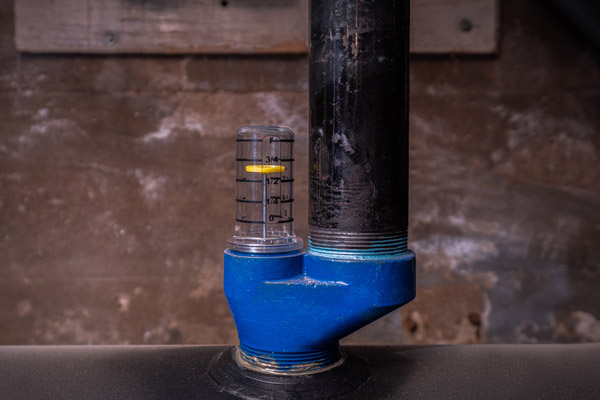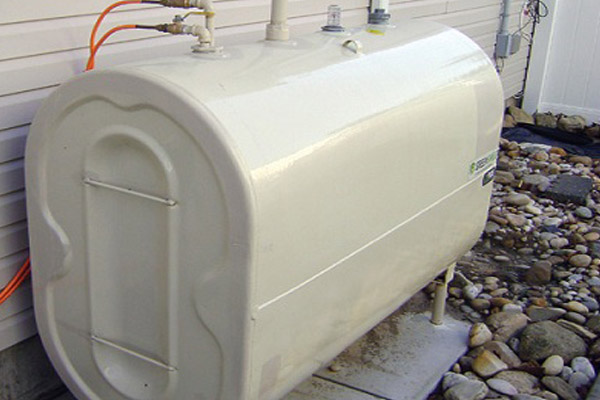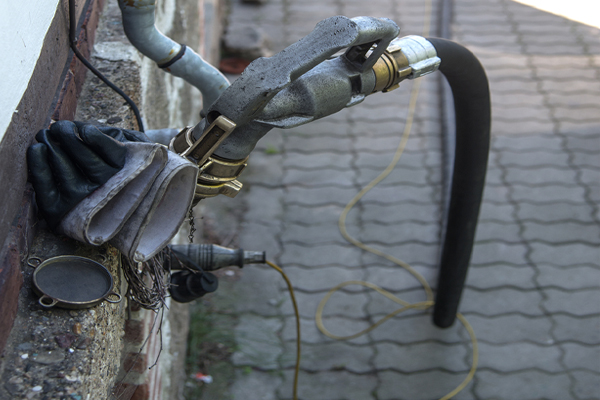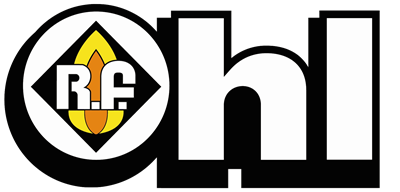How to Read Your Heating Oil Tank Gauge

Homes equipped with heating oil systems are always ready for winter challenges. This fuel is stored in its own tank, so it doesn’t depend on the continuous flow from utility sources. Unlike homes that utilize natural gas, homes with oil systems aren’t vulnerable to interruptions in fuel supply. However, homeowners need to ensure that their tank is large enough to meet their heating requirements. Reading the heating oil tank gauge should also be done regularly for will-call of C.O.D. oil deliveries. This task should be made into a habit, so you know how much fuel remains in your oil tank. The information in this article will help you schedule heating oil deliveries on time.
The Basics of Float Gauges in an Oil Tank
The oil tank design has remained pretty much the same over the last couple of centuries. It is a simple one that works. The tank’s main body is typically a welded steel container that has rounded edges. It has a fill pipe where more oil can be added and a vent pipe where excess air is released. Under the vent pipe is a vent alarm that makes a whistling sound when air escapes. It also has oil feed lines that allow oil to move from the tank to the burner. Lastly, it has a float gauge that floats on the surface of the oil. The arm lowers when more oil is used, taking the gauge indicator disc along with it.
Finding the Oil Tank on the Property

If you recently purchased a home, find the oil tank within the property to conduct an oil tank gauge reading. This is an easy task when the tank is aboveground. However, the tank could be hidden in the basement, or the house might have an underground oil tank. You should still be able to access the external pipes and float gauge. Tanks are large containers with a standard size that can hold 275 gallons or more of heating oil. Tanks aren’t filled to the brim for your safety. They are usually filled from 225 to 250 gallons of oil, with air taking up the rest of the space in the tank. This way, the heating oil can expand without any issues.
Reading the Oil Tank Float Gauge

After finding the tank, check the gauge at the top. It should be a clear cylindrical apparatus with an indicator disc. The standard markings it should bear are E for Empty, 1/4, 1/2, 3/4, and F for Full. Look where the disc is at to determine the level of your heating oil tank. It might be confusing to read the gauge at first. You might be unsure if you should follow the bottom or the top of the disc. The gauge isn’t a precise instrument, so it really doesn’t matter. All you need to do is check where the middle of the disc lies concerning the markings.
Calculating the Remaining Fuel In Your Heating Oil Tank
Once you see the tank’s approximate fuel level, you can compute how many gallons of heating oil is remaining. This is done manually using a simple formula. Check the size of your tank first to know its fuel capacity. For example, many homes are equipped with a 275-gallon tank. It cannot be filled to the brim and typically only has 240 gallons of heating oil in it as air occupies its remaining volume. Therefore, the float gauge that’s pointing to 1/4 has only 60 gallons of heating oil left (240 multiplied by 0.25). This can last for a couple of weeks, but it is recommended that you order a refill as soon as possible instead of waiting for the fuel level to get depleted. A good guide to follow is to book a heating oil delivery when your tank is around 30% full.
Checking for Oil Tank Gauge Failure
The floating gauge can only give an approximation of the current level of fuel. At times, it may fail to provide a good estimation as the float mechanism has failed. You can check it by removing the outer case and pushing the float down. Releasing it should immediately result in the float going back up on its own. You have a broken float that needs professional service if it doesn’t do this. This issue can be because of wear and tear in older tanks. It could also be because the arm underneath rotated and got stuck against the tank’s side. Another cause is that the float might be covered in thick sludge that it gets too heavy to work properly.
Overcoming a Broken Oil Tank Gauge
If the tank has a faulty gauge, use alternative means to measure the fuel level. This is also applicable to tanks that didn’t have a float gauge in the first place. Manual measurements need a long and thin stick that can fit in the hole. It should also be long enough to cover the tank’s height. After the tank refill, dip the stick to determine the top of the fuel when the tank is at full capacity. Mark the fuel level in the stick. Use this same stick to see how much the fuel has depleted later on.
Usual Heating Oil Tank Duration
A full heating oil tank generally lasts for some time. The exact duration depends on various factors, such as the size of the tank, the temperature settings inside, the home’s size, how often you use heating oil, the regional weather, the insulation level, and how efficient the heating system is.
Most homes only utilize heating oil to ensure specific areas remain warm. Others will use it to heat the house completely. You can monitor your annual fuel usage to have an idea of your heating oil needs per year.
Conclusion
Winters in Pennsylvania can be harsh. Don’t let your home run low on heating oil during the coldest months of the year. Check the float gauge to determine how much fuel is left in the tank so you can order a refill once it drops below 1/3 of the tank’s capacity. This way, you can enjoy continuous heating in your warm and comfy home.
Call R.F. Ohl for Solutions to Ensuring Comfort in Your Home

For reliable and affordably-priced heating oil, call R.F. Ohl. You can count on our high-quality, discount heating oil deliveries to be fast and friendly. We also offer efficient heating solutions for your family and home.
The expert technicians on our team are equipped to handle any HVAC repair or maintenance. Contact us to hear about our various services. We can assist by answering your questions and concerns. For more information about our efficient HVAC services or oil deliveries, call R.F. Ohl today!
Call us today to learn more. Click here or call us at (610) 377-1098 to contact us today!
